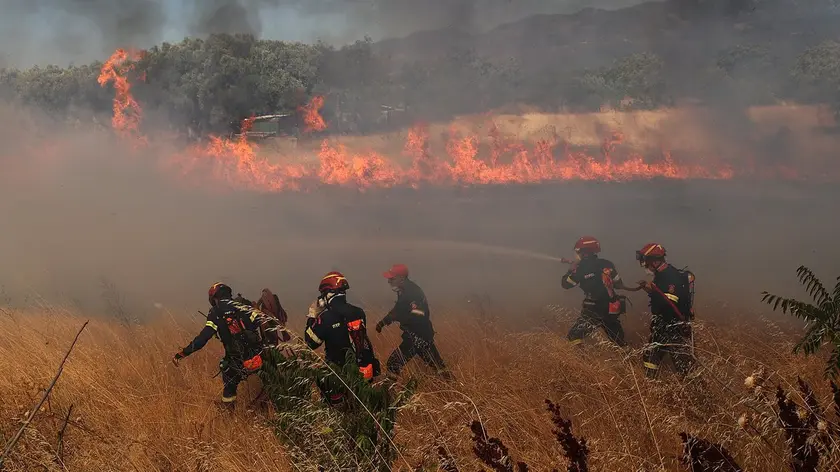T4K3.news
Wildfire smoke forecasting tools reviewed
An overview of effective tools for predicting wildfire smoke levels in North America has been released.
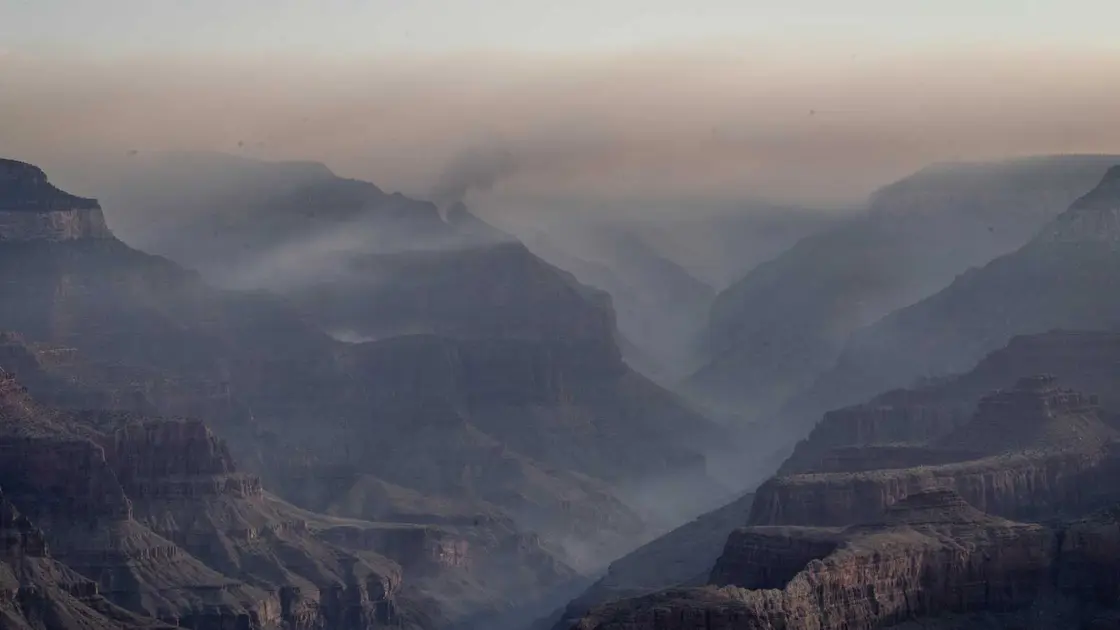
Forecasting wildfire smoke is essential yet challenging. This overview reviews various forecasting tools available.
Effective wildfire smoke forecasting remains elusive for North America
The prevalence of wildfires across North America has risen dramatically, coinciding with climate change. This summer, smoke from central Canada fires has affected millions, impacting outdoor activities. A recent study showed extreme fire weather events have doubled since preindustrial times. Areas in the Upper Midwest are now facing intense smoke conditions, with predictions suggesting this issue will escalate through September. However, forecasting smoke accurately is a complex endeavor, with many models frequently proving unreliable due to the intricacies of meteorology and fire dynamics. The tools available for predicting smoke levels offer a mixed bag of effectiveness. Many forecasts struggle to take real-time changes in fire behavior into account, leading to significant discrepancies in air quality predictions.
Key Takeaways
"Forecasting wildfire smoke is hard, and model forecasts are often way off."
This emphasizes the difficulties in accurately predicting smoke levels, highlighting the complex interaction of fire behavior and atmospheric conditions.
"The chances of extreme fire weather are roughly double in today’s climate compared with the preindustrial period."
This underscores the severity of climate change's impact on wildfire frequency and severity.
"Many recent studies indicate that breathing PM 2.5 causes more severe health problems than previously realized."
This statement reflects growing evidence about the health effects of air pollution from smoke.
"The models used to forecast smoke are still developing, requiring improvements."
This illustrates the ongoing challenges faced by scientists in accurately predicting wildfire smoke.
The ongoing challenges in forecasting wildfire smoke reveal broader implications for public health and safety. As wildfires become more frequent due to climate change, accurate forecasting of smoke is vital for preparing residents. The tools currently available are often inaccurate, which raises concerns about their reliability in critical situations. The historical failure to predict dangerous smoke levels effectively underscores the need for improved models, especially as summer conditions intensify. Individuals ought to stay informed about air quality and utilize fluctuating data from multiple models to determine their exposure risk in real time. As wildfires persist, the urgency for reliable predictive tools only increases, illustrating the necessity for innovation in environmental forecasting.
Highlights
- Wildfire smoke forecasting is often inaccurate and unreliable.
- Living in the Pyrocene means learning to navigate smoke predictions.
- Accurate smoke forecasts are essential for public health.
- Wildfire smoke can change rapidly and requires constant monitoring.
Inaccuracies in smoke forecasting raise health concerns
The unreliability of current wildfire smoke forecasts poses significant health risks, particularly as wildfires increase due to climate change. This has potential political and public implications, driving calls for better forecasting methods.
As forecasts evolve, staying updated with reliable tools will be crucial for public health.
Enjoyed this? Let your friends know!
Related News
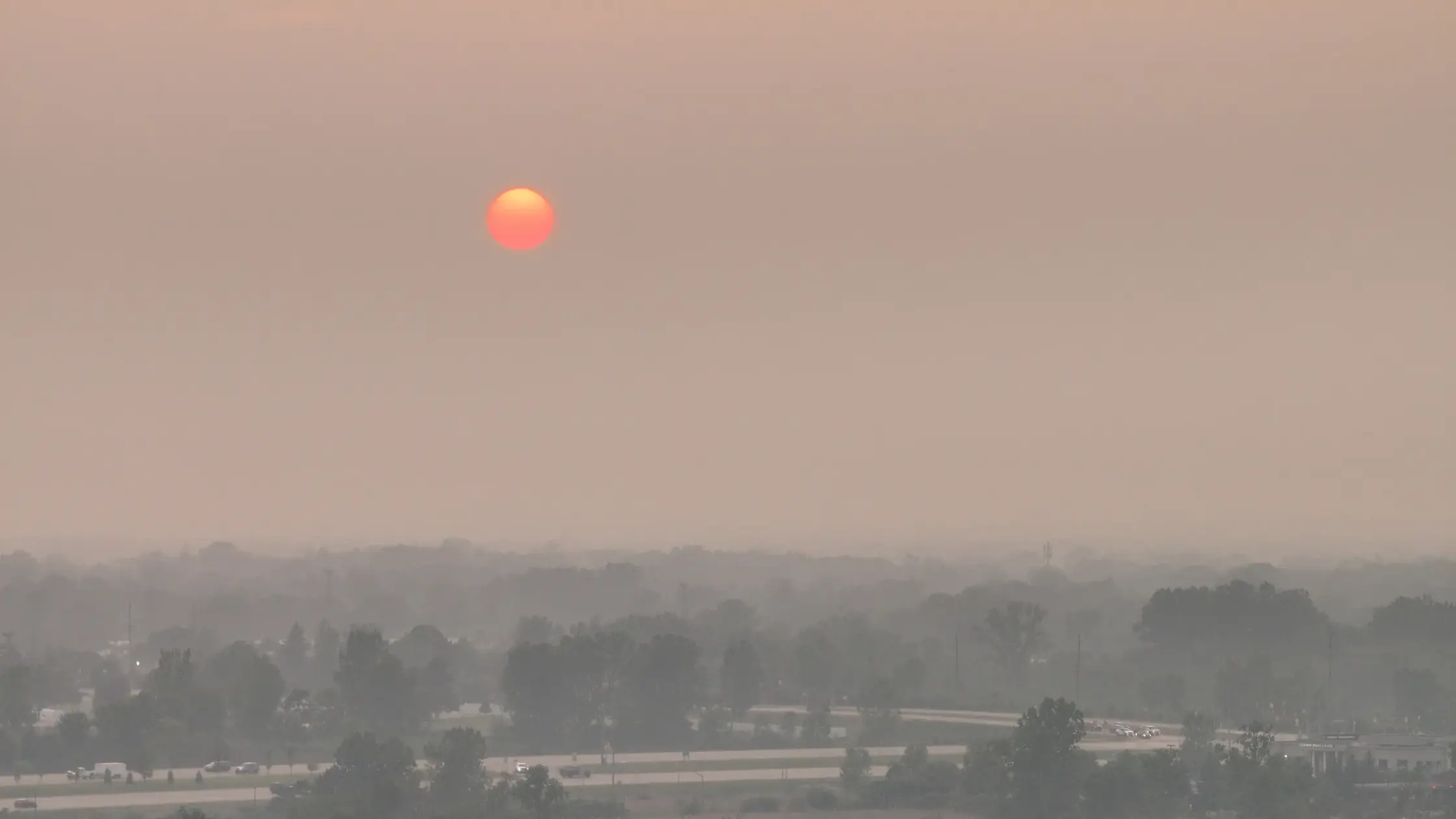
Wildfire smoke linked to dementia and asthma in Michigan
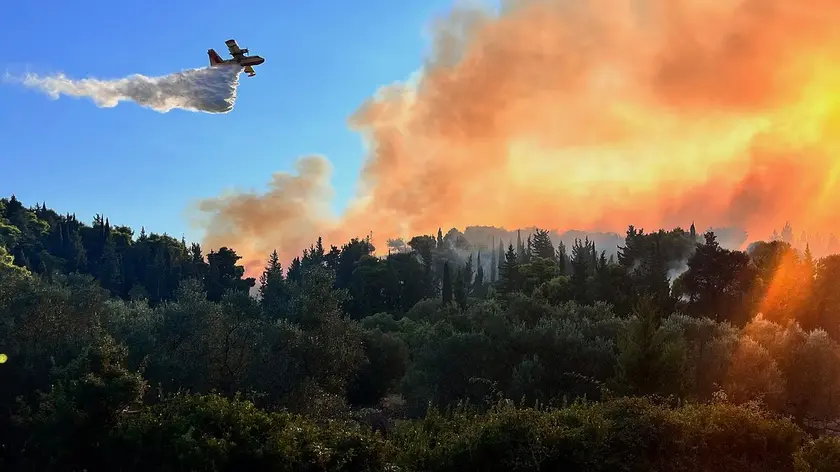
Greece battles wildfires as Patras evacuations rise
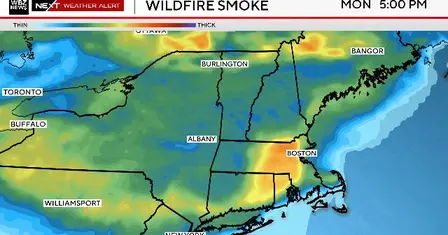
Air quality alert for Massachusetts due to wildfire smoke
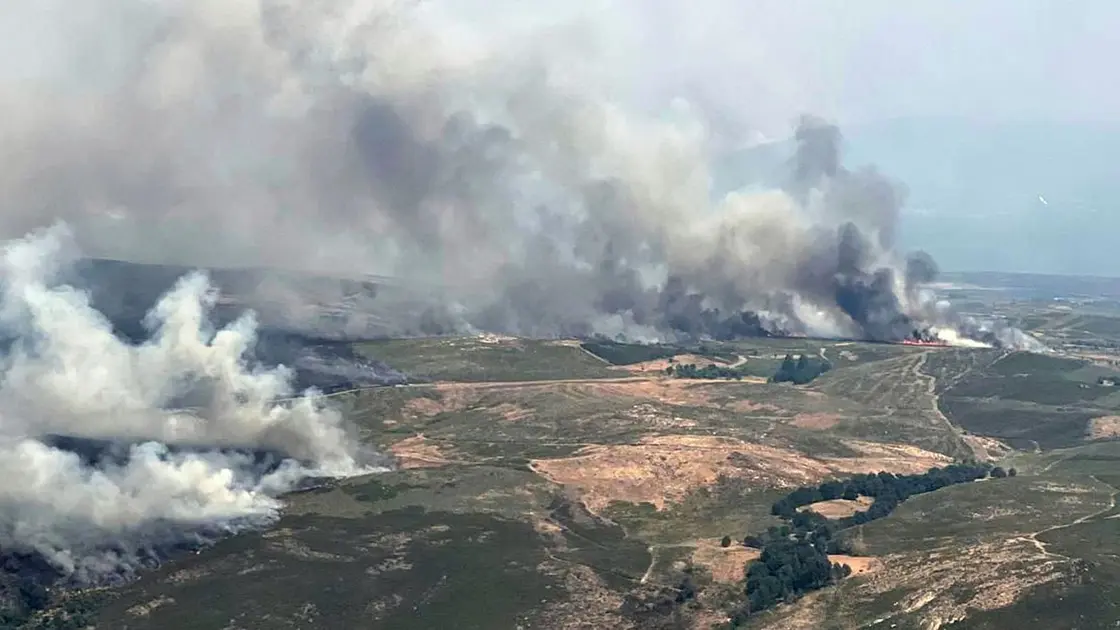
Smoke crosses to the UK from Iberian wildfires

New cardiology recommendations aim to lower heart disease
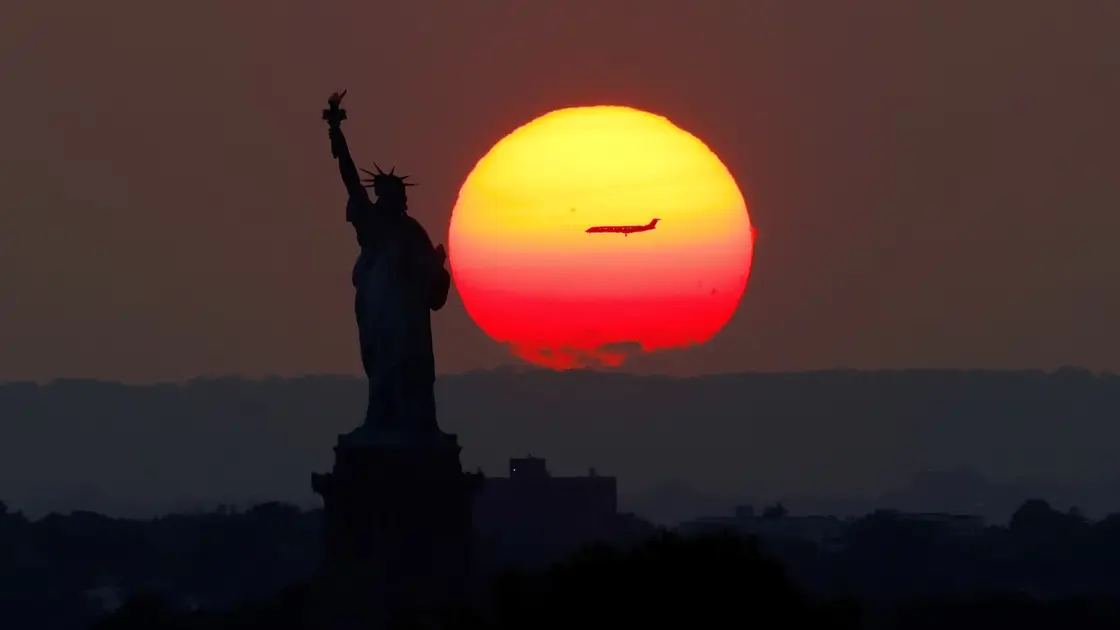
Smoke from Canada wildfires delays flights at Logan Airport
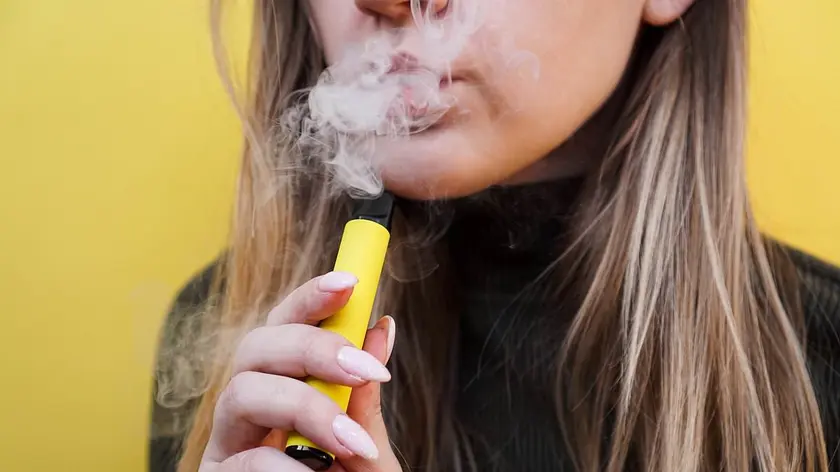
Vaping carries health risks and quitting paths

Health risk from youth vaping prompts policy review
